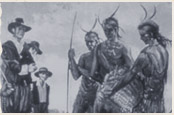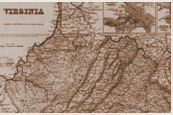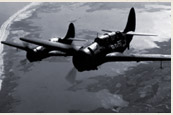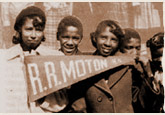The "Truman Doctrine" Address to a Joint Session of Congress
Yale University Law School: The Avalon Project
Wallace Offers An Alternative to Containment
George Mason University: History Matters
Description: These paired resources accomplish two objectives. The first presents the actual text of the famous speech in which President Truman articulated his policy of containment, the "Truman Doctrine." The second presents a lesser-known artifact, the letter written to the President by his Secretary of Commerce Henry Wallace urging an alternative policy to containment. Students thus have the opportunity to study both possible approaches to postwar U.S. foreign policy before engaging in further debate about the means, ends, and usefulness of the Truman Doctrine.
Teaching Tips:
"Do Now" Suggestion
- In preparation for reading the two documents, students can begin the following table by filling out the left column (as a test of prior knowledge and as a practice for making educated guesses). The students can then read the documents and compare their original answers to their answers from the text (in the right column).
- After students read and discuss the two possible approaches to foreign policy regarding communism, they can create political cartoons or advertisements for each policy (either in support of or against). For a class advanced in writing, the teacher could also ask students to write a newspaper editorial comparing the merits of each policy or to create a written dialogue between Truman and Wallace on containment.



